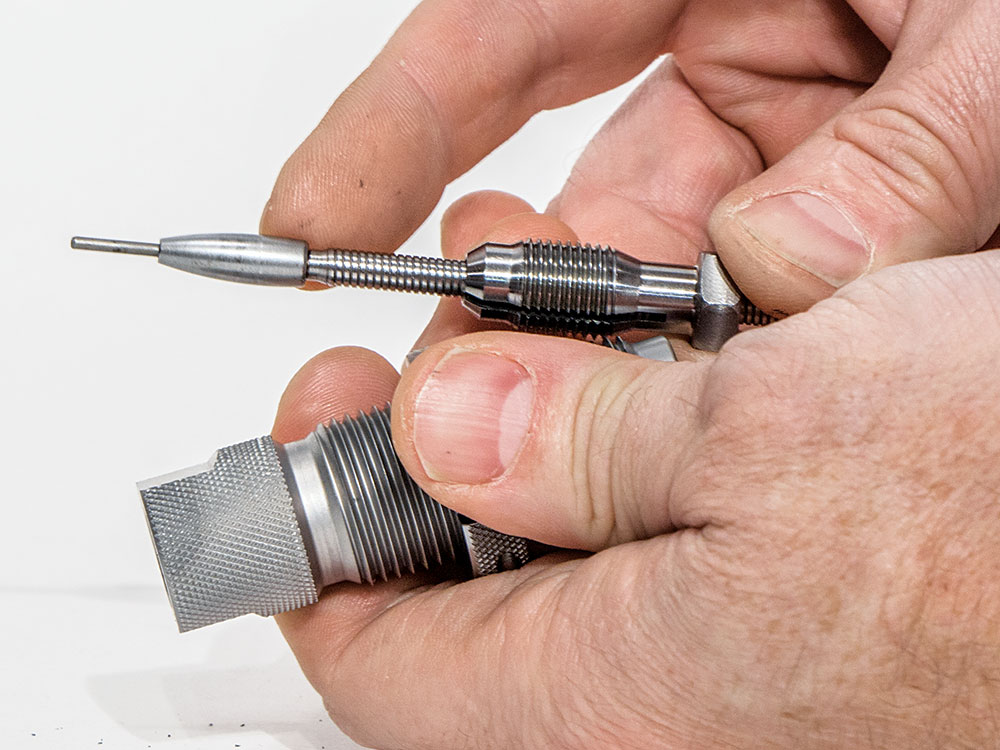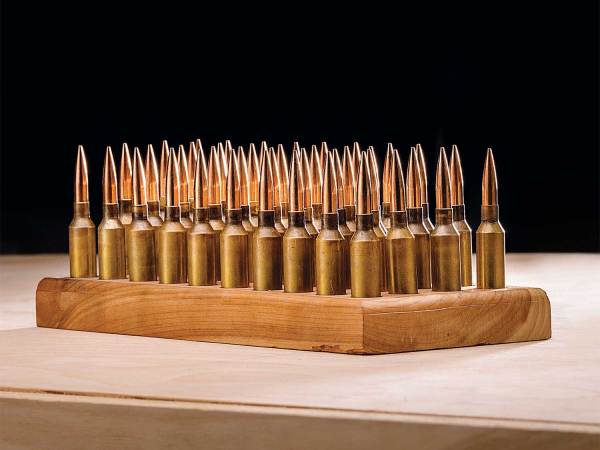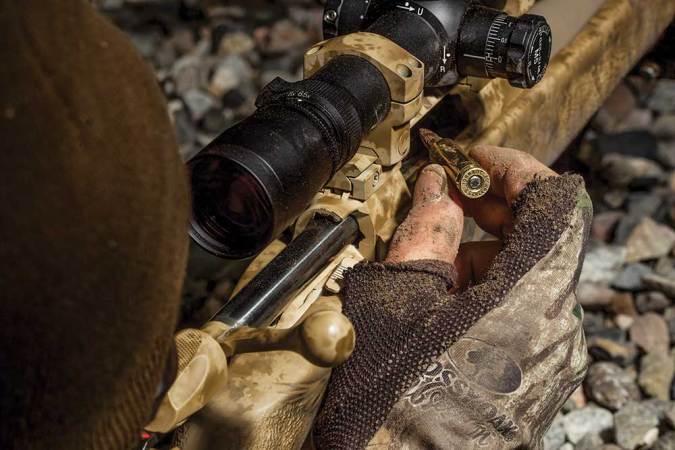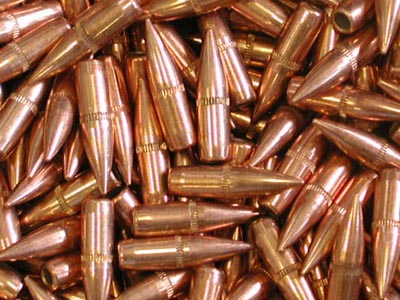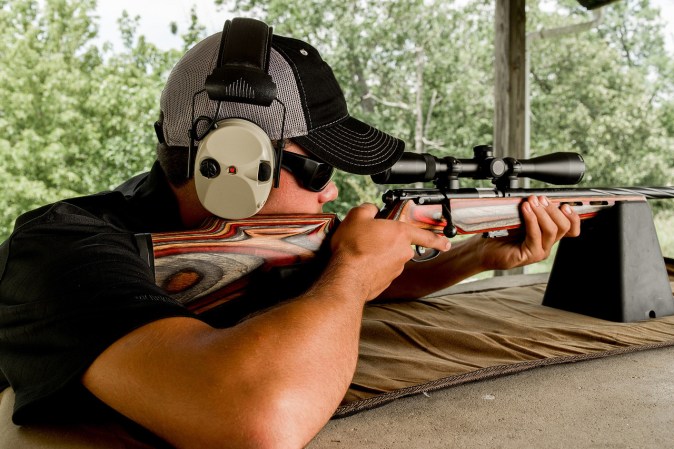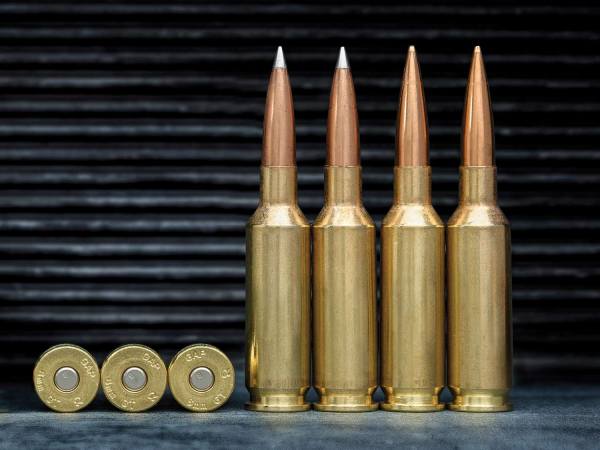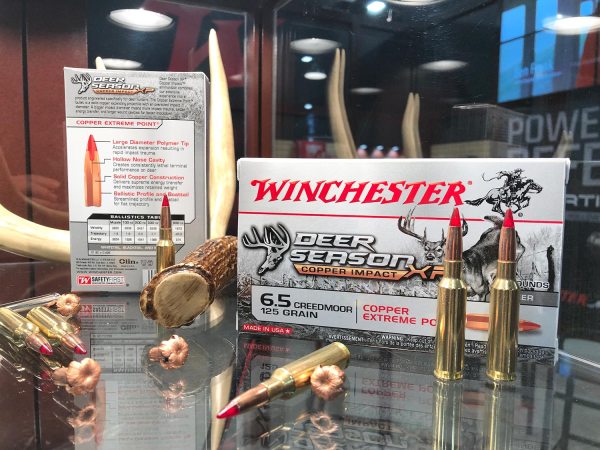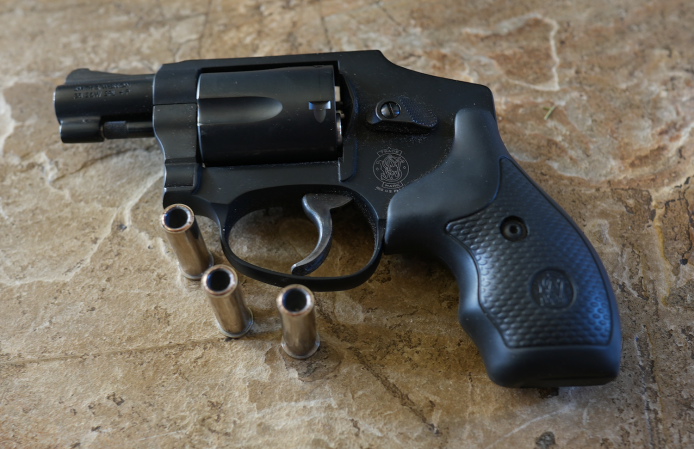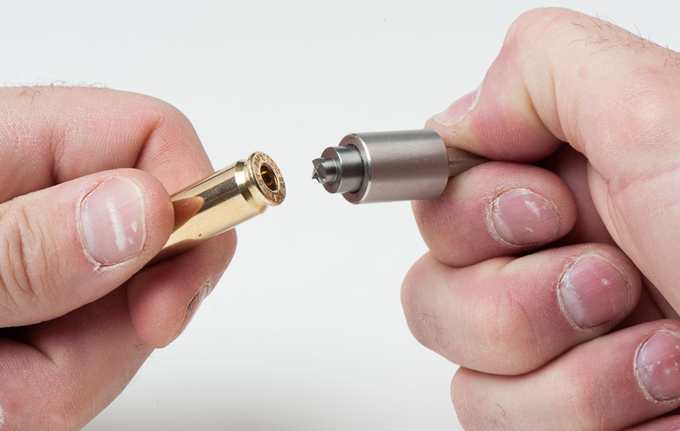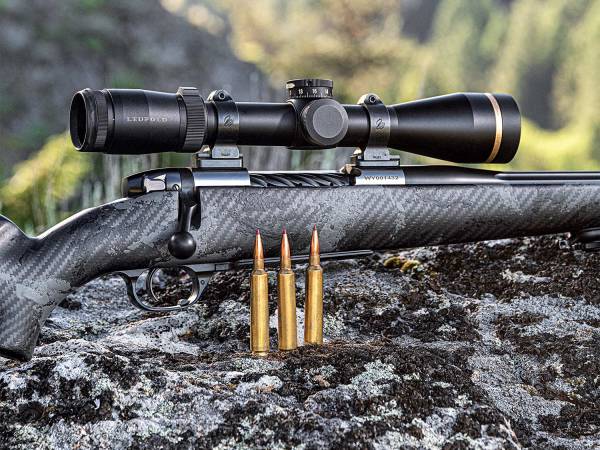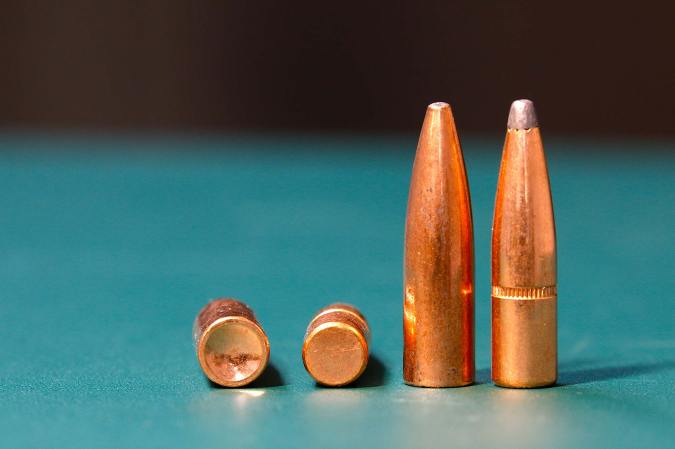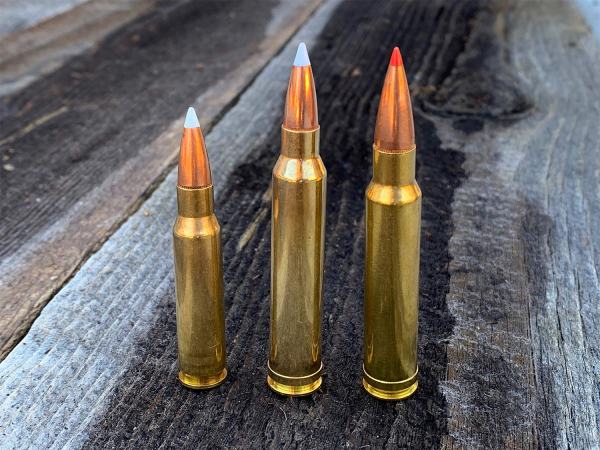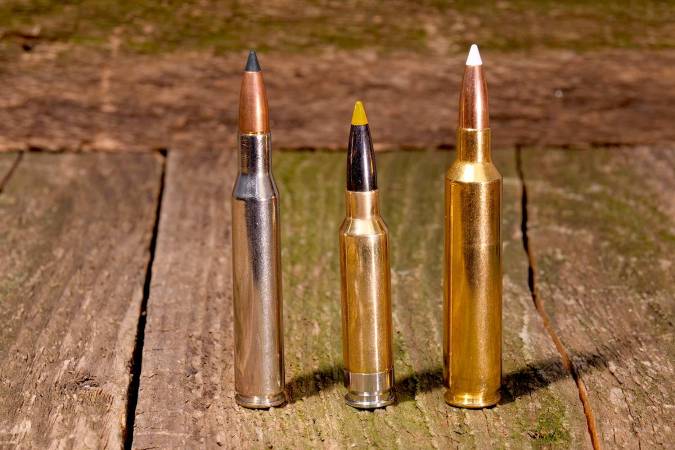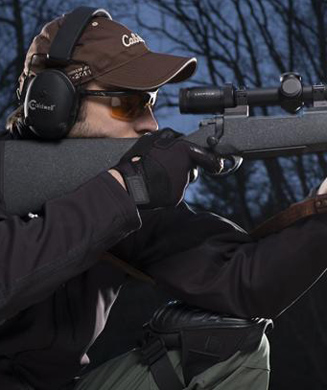We may earn revenue from the products available on this page and participate in affiliate programs. Learn More ›
Some handloaders get too caught up in load recipes. They’ll pick one from a handloading manual, or get a recipe from their buddy, and then wonder why it did not put all of its bullets into one single hole. Unquestionably, the recipe you use to create your ammo is important, but so is the concentricity of the ammo you load. With concentric ammunition, the case neck and the bullet are parallel with the centerline of the cartridge.
Bullets that start down barrels straight tend to fly that way. Bullets started down barrels crooked come out wobbling like Chubby Checker doing the Twist. To see this for yourself, take a box of factory ammunition and sort the cartridges based on runout (runout tells you how out of line the bullet is with the case). To do this, you’ll need a gauge such as an RCBS Case Master gauge, Sinclair Concentricity Gauge, or Hornady Concentricity Tool. Sort the cartridges into groups of less than 0.003 inch and groups with more than 0.003 inch runout.
Then, shoot separate groups with each group of cartridges. If you have a good shooting rifle and know how to pull a trigger, this should illustrate the importance of straight ammunition.
To check the concentricity of a loaded cartridge with one of these gauges, place the round on it so the ball tip rests against the bullet, about 1/10 inch ahead of the case mouth. Rotate the case while holding it firmly against the tool, and watch the dial indicator. It’ll wobble slightly and may move as little as 0.001.
If you’re looking for the best precision, you’ll want bullet runout of less than 0.003 inch. (Most factory ammunition will average about 0.005 inch.) You can check the bullet runout of all your handloads if you can afford to devote the time. I generally only check every cartridge when working up a load, because it eliminates one more unknown from the evaluation equation during load development.
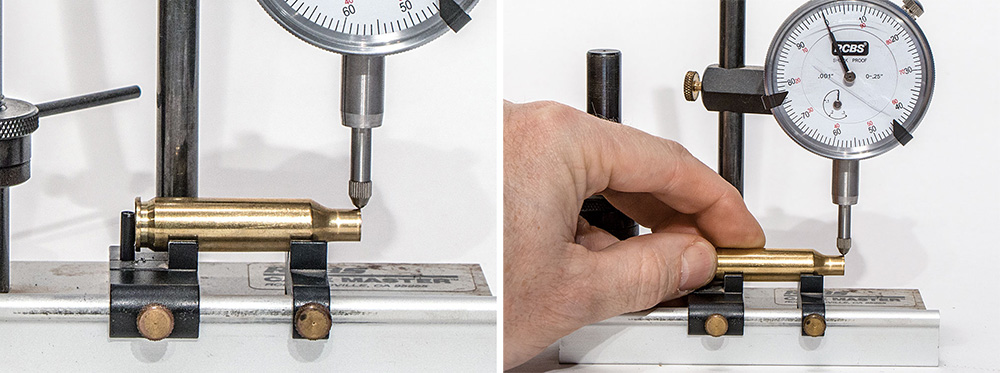
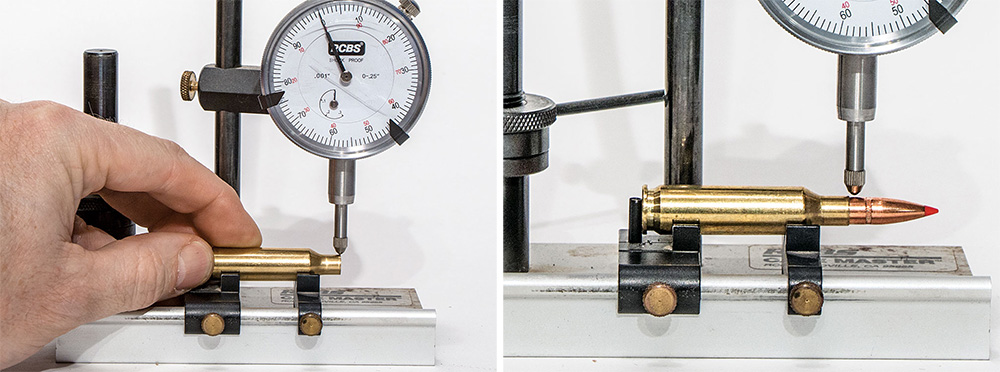
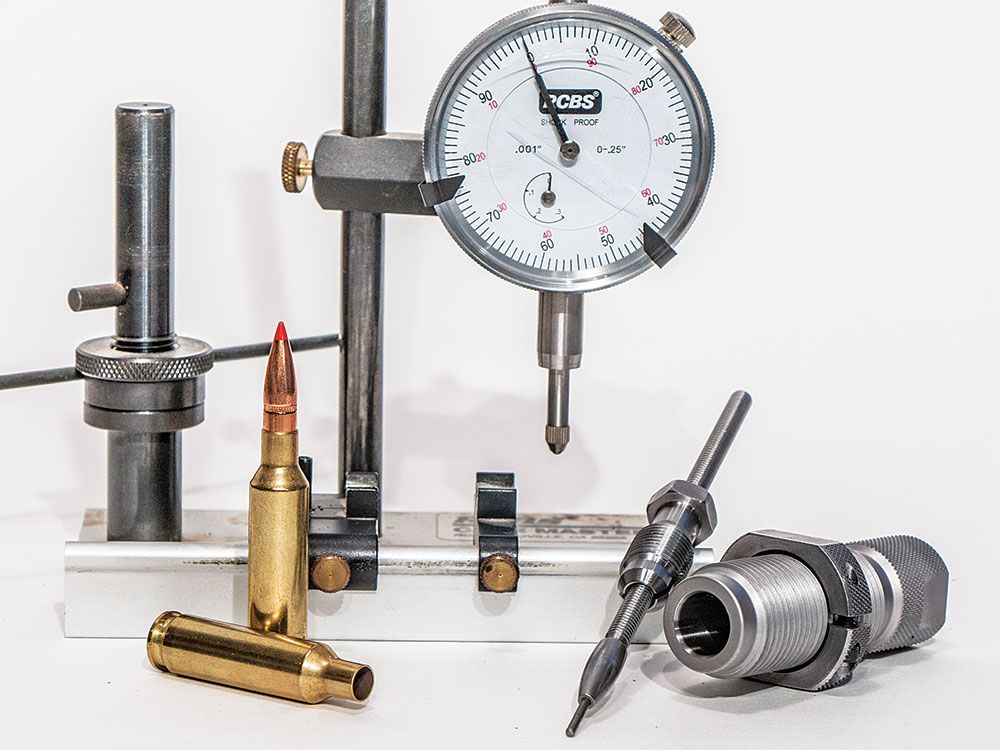
Measure Your Brass
Checking the concentricity of your brass before you load is a good idea too. This is similarly done: Just position the case on the gauge so the ball tip rests on the case neck, near the case mouth. Check the concentricity of fired brass first. This will tell you if the chamber in your rifle is straight. If you have neck runout of more than 0.001 on fired brass, you have a rifle problem. If your fired brass tests good, size five cases and check them. If these cases average more than 0.001 runout, you have a problem with your sizing die or the setup of your reloading press.
The expander ball could be the problem. Remove it and run those same five cases back through the sizing die. Odds are case neck runout will drop below 0.003, and likely as low as 0.001 for every case.
I rarely use the expander ball when sizing cases, most often replacing it with one from a die for the next smallest caliber. This allows for de-priming while sizing. It also leaves the case mouth about 0.003 to 0.005 smaller than what it would be if the expander ball were used. I’ve yet to see this cause a problem when seating bullets, especially if the inside of the case mouth has been chamfered and/or the bullets have a boattail. Alternatively, you can use a universal de-capping die or de-priming tool.
One nice feature of the Case Master from RCBS is that it also allows you to measure things like neck thickness, consistency, and case length, and even check for case head separation. How could a handloader and shooter not want a tool like that?
